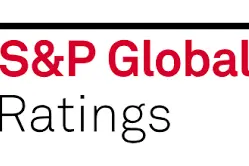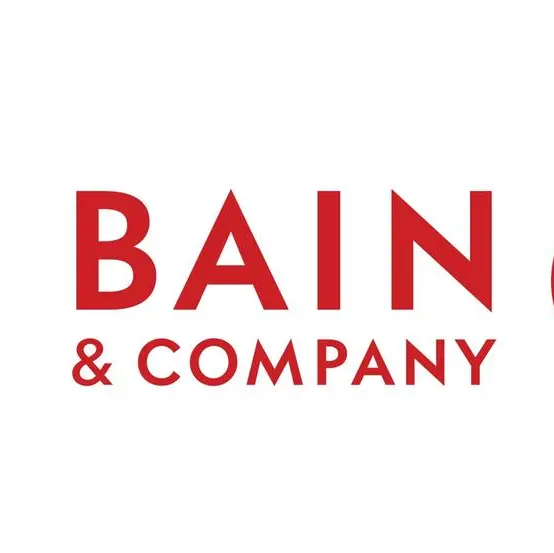PHOTO
Report discusses the effects of a potential escalation of the war in the Middle East on GCC banks. Image courtesy: S&P Global Ratings
The recent escalation of the war in the Middle East has increased the risk of broader regional ramifications for sovereigns' and banks' creditworthiness. Against this backdrop, we have created four stress scenarios to assess how the risk could evolve and how it could affect banks in GCC countries. In our view, the risk could materialize in the form of:
- Outflows of foreign funding, with non-resident investors exiting the GCC region as risks increase;
- Outflows of local funding, although we assume that this would materialize only in the case of severe stress, as seen during the Gulf War over 1990-1991; and
- A spike in default rates among banks' corporates and retail clients as the geopolitical instability affects regional economies.
To quantify the risk, we have used data on local and external funding that were published by central banks on June 30, 2024, and data on asset quality that were reported by the top 45 banks in the GCC region. Under our standardized assumptions, external funding outflows could reach about $221 billion, which translates into about 30% of the tested systems' cumulative external liabilities. That said, we think banks have sufficient external liquidity to cover these outflows in most cases. In the severe stress scenario, we assume a further $275 billion in deposit outflows from local private sector deposits. We think banks can cope with this, thanks to their liquid assets and--if these prove to be less liquid than we assume--support from central banks.
from local private sector deposits. We think banks can cope with this, thanks to their liquid assets and if these prove to be less liquid than we assume support from central banks.




















